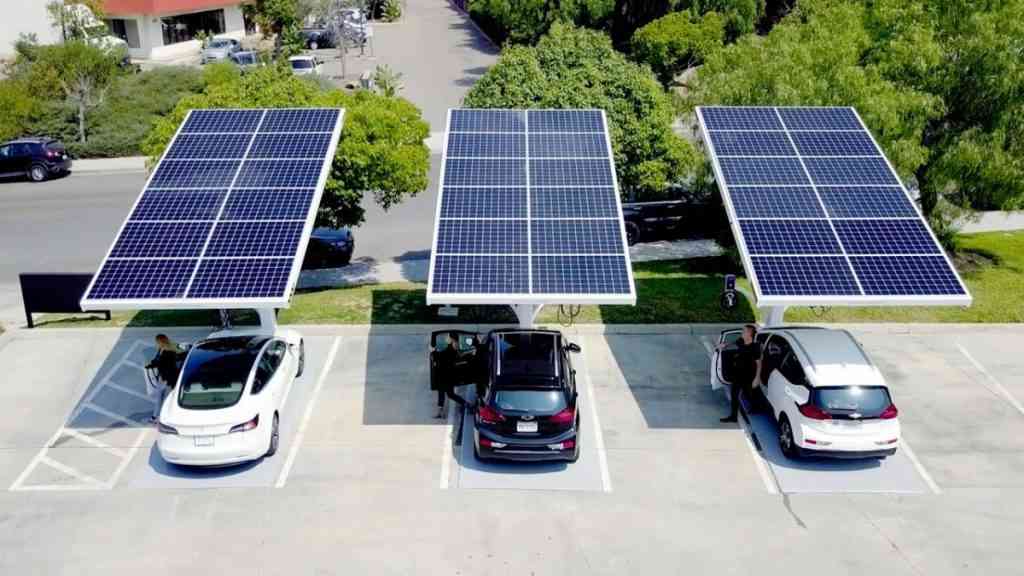
It is no longer a secret that Zimbabwe is a country highly rich in mineral wealth.
The country is endowed with diamonds, gold and black granite, among many other minerals.
It is also a well-known fact that mining in its inherent nature is very destructive and can cause much environmental degradation, especially where it is practiced without any rehabilitation plan in place.
Besides destroying the landscape and rendering the land virtually useless when the minerals are exhausted, mining pollutes water and the air in a major way; two commodities that spell the difference between living healthy or unhealthy lives.
- Chamisa under fire over US$120K donation
- Mavhunga puts DeMbare into Chibuku quarterfinals
- Pension funds bet on Cabora Bassa oilfields
- Councils defy govt fire tender directive
Keep Reading
According to the Extractive Industries Policy and Legal Handbook by the Zimbabwe Environmental Law Association (Zela), that analyses the key issues in Zimbabwe’s mining sector: “…the right to life which is a civil and political right cannot be enjoyed in a dirty and polluted environment. A dirty and polluted environment will compromise the right to life.”
Regrettably, it does not look like there is much progress by the responsible authorities in ensuring strict adherence to the Environmental Management Act (Chapter 20:27), an Act which makes it a crime to pollute water, air and the environment. A number of companies in Marange for instance are reported to have started operations without carrying out the Environmental Impact Assessments (EIAs), as required by the Act.
At a recent Publish What You Pay (a campaign to promote transparency and accountability in the extractive sector) strategic meeting, Shamiso Mtisi of Zela, questioned why it was proving so difficult for the public to access EIA reports, which he said the Environmental Management Agency (EMA) insists, are “sensitive”.
He added that in order to access an EIA report, EMA required a total payment of US$250, which many agreed was exorbitant for the ordinary person. Zela director, Mutuso Dhliwayo strongly felt this was “denying the public access to information”.
EMA could not be reached to shed light on the best way the public could access EIA reports.
According to Farai Maguwu, the director of the Centre for Research and Development (CRD), who also attended the meeting, community participation when carrying out EIAs is very important and hence there is need for dialogue between mining companies and the communities in which they operate.
Maguwu added that most of the people that are affected the most evidently have no idea where to go or who to talk to for protection.
According to Melanie Chiponda, programme manager for Chiadzwa Community Development Trust, the air in Marange communities is so dusty that even some nurses have turned down being posted to the area for fear of infection.
Mostly affected by the dust are the children, she said, adding that a road has been constructed right on a school, through which companies transport diamonds. Noise has been noted to be another major problem.
Land in the area is also facing serious degradation as many of the companies operating there have no land rehabilitation plans in place.
Reports in Chiadzwa also indicate that many dams in the area are silting as a result of alluvial diamond mining in the area.
The circumstances are reported to be more or less the same in Mutoko, where, in spite of getting virtually nothing from the operations, the local communities have to live with the polluted air, water and a generally degraded environment.
There are currently 11 companies mining black granite in the area, who are reported to be blasting mountains to extract the granite rocks, leaving huge pits that have resulted in death of people and livestock.
The haulage trucks that carry the rocks to Harare leave behind a lot of dust and make noise. The vibration from the blasts are said to be causing houses and schools along the road to crack.
Another question that begs attention at this point is that of sustainability and the need to harvest minerals in a sustainable manner that also ensures something is saved for future generations, considering that minerals are not renewable resources.
Many agree that at the rate at which minerals are being mined in the country, they might soon be exhausted.
One thing is certain; it is time that the government came up with new improved policies and a legislative framework that may help safeguard environmental, social, economic and cultural rights of mining communities.
The Mines and Minerals Act (Chapter 21: 05) to which the mining companies generally still prescribe to, does not protect communities’ rights and does little to make the mining companies accountable to the people.
This would explain why, in spite of their areas being so rich, most of the people from areas like Marange (where the diamonds are coming from) and Mutoko (where most of the black granite comes from) are impoverished.
In the meantime, different mining companies keep showing up in their areas with details of where they would have come from and how they would have acquired mining licences remaining opaque.











